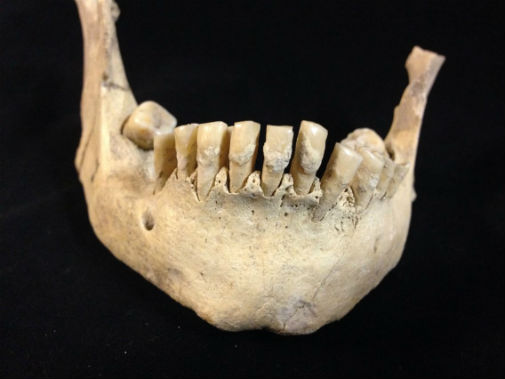Researchers have found the earliest direct evidence of milk consumption anywhere in the world in the teeth of prehistoric British farmers.
The research team, led by archaeologists at the University of York, identified a milk protein called beta lactoglobulin (BLG) entombed in the mineralised dental plaque of seven individuals who lived in the Neolithic period around 6,000 years-ago.
The human dental plaque samples in the study are the oldest to be analysed for ancient proteins to date globally and the study represents the earliest identification of the milk whey protein BLG so far.
The Neolithic period in Britain ran from 4,000 to 2,400 cal. BC and saw the emergence of farming, with the use of domesticated animals such as cows, sheep, pig and goats, alongside crops such as wheat and barley. Archaeologists have also discovered evidence of complex cultural practices, with Neolithic communities building large monumental and burial sites.
The ancient human remains tested in the study come from three different Neolithic sites – Hambledon Hill and Hazleton North in the south of England, and Banbury Lane in the East Midlands. Individuals from all three sites showed the presence of milk proteins from cows, sheep or goats, suggesting people were exploiting multiple species for dairy products.
Dental plaque can offer unique insights into the diets of ancient people because dietary proteins are entrapped within it when it is mineralised by components of saliva to form tartar or ‘dental calculus’.







